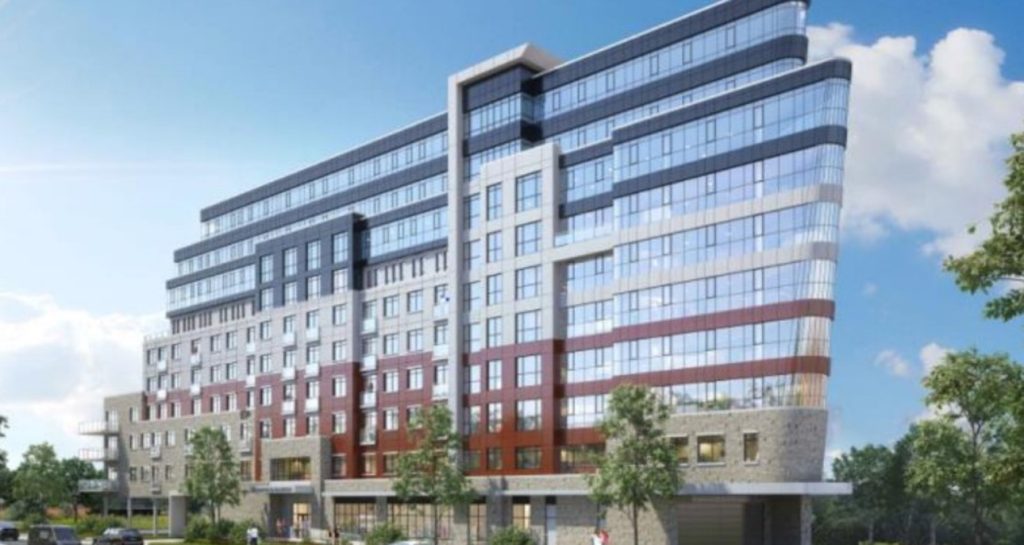Brampton is poised for further urban expansion with the proposed development of a 10-storey condominium and seniors’ residence, set to bring 105 new housing units to the city’s north end along McLaughlin Road, just north of Bovaird Drive.
The project, led by Glen Schnarr and Associates Inc., includes 25 one-bedroom, 43 two-bedroom, and 37 three-bedroom units, offering housing options for a range of needs. The design emphasizes walkability and aims to be part of a “complete community.” The building will feature 117 parking spaces, including 96 for residents and 21 for visitors, with a mix of above-ground and underground parking.
Despite the city’s housing push, the proposed development has sparked concerns among local residents. Key issues include:
- Potential traffic congestion along McLaughlin Road.
- Noise levels impacting nearby neighborhoods.
- Fears of increased car thefts.
- Concerns over declining property values in the area.
In response, the development team has revised the proposal to address feedback from city staff and the public following a public consultation. Changes include:
- Ensuring compatibility with neighboring low-rise residential properties.
- Adding screening for south-facing balconies and rooftop amenities to enhance privacy.
- Expanding landscaped buffer strips to improve visual integration with the surrounding area.
Brampton City Council is anticipated to approve amendments to zoning bylaws and the Fletchers Meadow Secondary Plan on Wednesday, paving the way for the project to proceed.
The project aligns with Ontario’s More Homes Built Faster Act, which aims to add 1.5 million homes across the province by 2033. Brampton’s contribution to this target is set at 113,000 new housing units.
The city has already received $25.5 million in provincial infrastructure funding after surpassing 80% of its housing goals in 2022. Brampton continued its progress in 2023, breaking ground on over 7,000 housing units.
The proposed development reflects Brampton’s commitment to meeting provincial housing targets while responding to local concerns. With adjustments to the design, the project aims to balance urban growth with the preservation of neighborhood character and community well-being.

